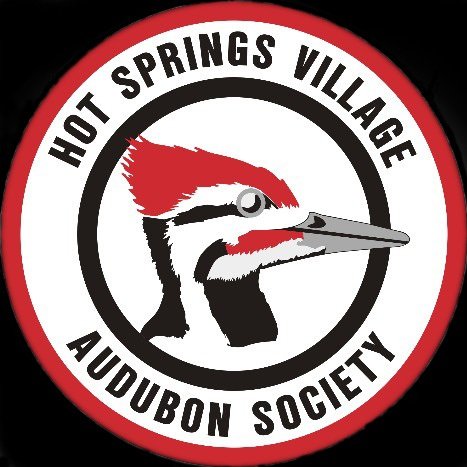Winter safari in Africa
By MARY ELIADES, HSV Voice correspondent
FIRST PUBLISHED IN THE MAY 21, 2024, ISSUE OF THE HOT SPRINGS VILLAGE VOICE. REPRINTED WITH PERMISSION.
Rusty Scarborough, park manager for Caddo Parish Parks and Recreation’s Walter B. Jacobs Memorial Nature Park in Shreveport, Louisiana, has presented many programs to HSV Audubon members and guests over the last 20 years, and is usually accompanied by one or more of his avian ambassadors.
He recently returned to Hot Springs Village to share a presentation on his 2023 “bucket list” trip to southern Africa, where he and his partner, Eddie Foutch, went on a 16-day journey through four countries.
Scarborough and Foutch started their journey in Cape Town, South Africa, and Scarborough said he was amazed at the “stunning landscapes” there. They went on a whale-watching tour, where they didn’t see any whales (but got a refund from the tour operator), but did get good shots of the thousands of seals on Seal Island. They also visited Groot Constantia, the oldest wine-producing farm in South Africa (more than 330 years in operation) and managed to bring back a couple of bottles.
Scarborough noted that while residents of Arkansas have to watch out for deer on the roads, in Africa it’s the baboons and warthogs that are everywhere. The baboons can get aggressive, and Scarborough said they were told right away not to carry “a Walmart bag” or anything that looks like it might contain food.
The next stop was Boulders Beach Penguin Colony, to see the cute but endangered African penguins.
From Cape Town the duo traveled to Zambia, primarily to see Victoria Falls. “Victoria Falls is such an incredible experience,” Scarborough said – “the grandeur, the rumble of the falls…”
Next stop was Botswana, where Scarborough and Foutch cruised the Chobe River and enjoyed a drive safari. Scarborough had dozens of photos of birds, including the reed cormorant, African fish eagle, whistling duck, spur-winged goose, blacksmith lapwing, hornbill, red-billed oxpecker, African jacana, black-bellied bustard, bee-eater, African hoopoe, glossy starling, pied kingfisher, sand grouse, crested guinea fowl, bateleur eagle – the list goes on and on, a bird-watcher’s dream.
The travelers returned to South Africa and spent five days in Kruger National Park, camping inside the park at Letaba, Shingwedzi, and Punda Maria camps. Scarborough and Foutch stayed in a tent but said all camping areas are surrounded by electric fences to deter elephants and baboons.
Between their guided safaris in Botswana and Kruger, they saw almost every species of wildlife: impalas, lions, kudu, giraffes, jackals, hippos, elephants, monitor lizards, mongooses, Cape buffalo, zebras, leopards – everything but hyenas and rhinos.
“The whole trip – other than the airfare – was incredibly affordable,” said Scarborough. The exchange rate was favorable, and local food and transportation were cheap. They went in July, which is winter in Africa, and temperatures ranged from 30 degrees Fahrenheit in the mornings to 80 degrees in the afternoons.
Scarborough and Foutch ended their dream trip in Johannesburg, where they traveled to a paleoanthropological site known as the Cradle of Humankind, where some of the earliest hominid fossils have been found.
Scarborough always ends his visits to HSV Audubon with a crowd-pleaser – a visit from Vulcan, a red-tailed hawk, and Chata, a Harris’s hawk. Scarborough has been hunting with birds for 40 years and is the president of the Arkansas Hawking Association.

